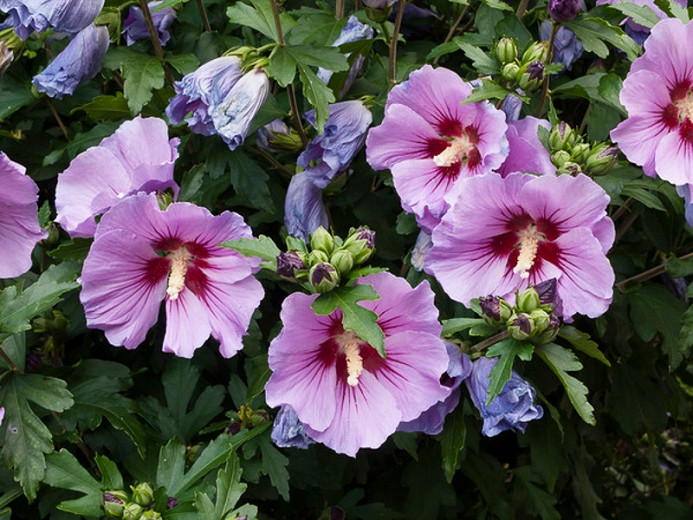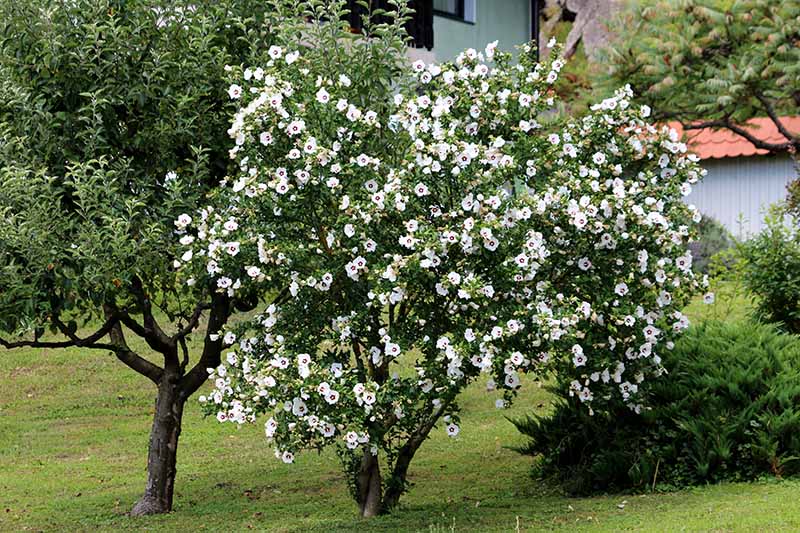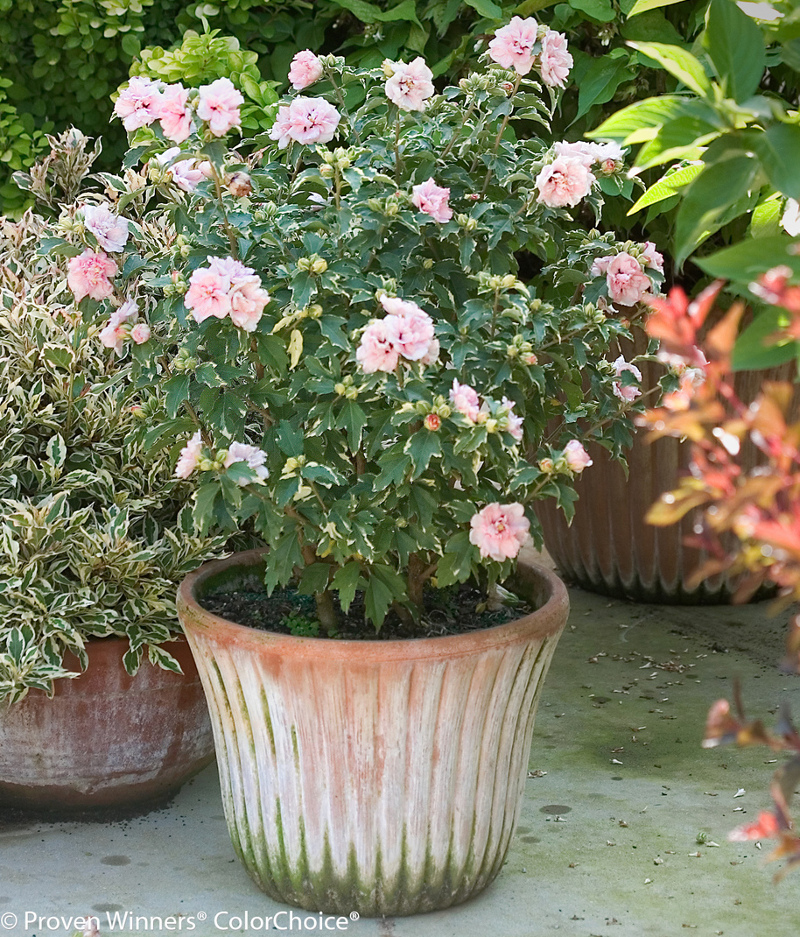How To Grow
Title: How to Grow Your Blog
Introduction:
Starting a blog is exciting, but it can be daunting to know how to get people to read it. If you want to grow your blog, there are a few things you need to do. In this post, I'll share some tips on how to write engaging content, optimize your blog for search engines, and promote your blog on social media.
Main Content:
- Write engaging content. The most important thing you can do to grow your blog is to write content that people will want to read. This means writing about topics that are interesting and relevant to your target audience. It also means writing in a clear and concise style that is easy to understand.
- Optimize your blog for search engines. When people search for information online, they're likely to use keywords. If you want your blog posts to show up in search results, you need to optimize your content for keywords. This means using keywords throughout your blog posts, in your titles, and in your meta descriptions.
- Promote your blog on social media. Social media is a great way to get the word out about your blog. Share your blog posts on social media, and interact with your followers. You can also use social media to run contests and giveaways to attract new readers.
Conclusion:
Growing your blog takes time and effort, but it's definitely possible. By following the tips in this post, you can start to see results.
For more information about Hibiscus syriacus, please visit Home Gardening.
FAQ of hibiscus syriacus
Q: What is Hibiscus syriacus?
A: Hibiscus syriacus, also known as Rose of Sharon, is a hardy shrub that is native to Asia and Europe. It is known for its large, showy flowers that come in a variety of colors, including white, pink, purple, and blue. Hibiscus syriacus is a popular ornamental plant that is grown in gardens around the world.
Q: How do I grow Hibiscus syriacus?
A: Hibiscus syriacus is a relatively easy plant to grow. It prefers full sun and well-drained soil. It is drought-tolerant once established, but it will benefit from regular watering during the summer months. Hibiscus syriacus can be pruned in late winter or early spring to encourage bushy growth.
Q: What are some common problems with Hibiscus syriacus?
A: Some common problems with Hibiscus syriacus include:
- Leaf spot: This fungal disease can cause brown or black spots on the leaves. It can be treated with a fungicide.
- Aphids: These small insects can suck the sap from the leaves, causing them to wilt and turn yellow. They can be controlled with insecticidal soap or neem oil.
- Scale insects: These small, oval insects can attach themselves to the stems and leaves of the plant. They can be controlled with horticultural oil or insecticidal soap.
Q: What are the benefits of Hibiscus syriacus?
A: Hibiscus syriacus has a number of benefits, including:
- Beautiful flowers: The large, showy flowers of Hibiscus syriacus are a popular addition to gardens.
- Drought tolerance: Once established, Hibiscus syriacus is drought-tolerant, making it a good choice for areas with hot, dry summers.
- Attracts pollinators: The flowers of Hibiscus syriacus attract bees, butterflies, and other pollinators.
- Edible flowers: The flowers of Hibiscus syriacus can be eaten and have a tart, citrusy flavor.
Image of hibiscus syriacus
10 different images of hibiscus syriacus that are free to use:
- Hibiscus syriacus in full bloom. This image shows a large hibiscus syriacus plant with many large, colorful flowers. The flowers are a deep pink color with a white center.

- A close-up of a hibiscus syriacus flower. This image shows a close-up of a single hibiscus syriacus flower. The flower is a deep blue color with a yellow center.
- A hibiscus syriacus plant in a garden. This image shows a hibiscus syriacus plant in a garden. The plant is surrounded by other flowers and plants. The flowers are a light pink color with a white center.

- A hibiscus syriacus tree. This image shows a hibiscus syriacus tree. The tree is tall and slender. The flowers are a deep purple color with a white center.
- A hibiscus syriacus bush. This image shows a hibiscus syriacus bush. The bush is full and lush. The flowers are a bright red color with a yellow center.

- A hibiscus syriacus plant in a pot. This image shows a hibiscus syriacus plant in a pot. The plant is on a patio or deck. The flowers are a light pink color with a white center.

- A hibiscus syriacus plant with butterflies. This image shows a hibiscus syriacus plant with butterflies. The butterflies are feeding on the nectar of the flowers. The flowers are a deep purple color with a white center.

- A hibiscus syriacus plant in the morning sun. This image shows a hibiscus syriacus plant in the morning sun. The flowers are a bright pink color with a yellow center. The leaves are a deep green color.

- A hibiscus syriacus plant in the evening light. This image shows a hibiscus syriacus plant in the evening light. The flowers are a deep red color with a yellow center. The leaves are a dark green color.

Post a Comment for "How To Grow"